Day 3: CHENNAI MAHABALIPURAM
⦁ Breakfast at the hotel
⦁ Morning: Leave Chennai for Mahabalipuram visiting Kanchipuram enroute
⦁ The distance is about 145 kms and the drive would take about 6 ½ hours including visits
Visit the Kailasanathar Temple: Constructed in the Dravidian style of architecture. This temple is dedicated to Lord Shiva and is probably the oldest structure in Kanchipuram.
Visit the Ekambaranatha Temple – The Ekambaranatha Temple is the largest temple in Kanchipuram. It covers a massive area of 20 acres. This temple is also dedicated to Lord Shiva, and was built by the Pallavas and then in turn was renovated by both the Cholas and the Rayas.
Visit a Silk Weaving Centre – A famous king of the Chola dynasty ruled Kanchipuram between the years 985 and 1014, who took an initiative of silk trade. It was during the reign of Krishna-Deva Raya, when the famous weaving communities of Andhra Pradesh, the Devangas and Saligars, migrated to Kanchipuram. Thus, occurred the historical migration of the entire silk industry in the 15th century, to this city.
⦁ On arrival in Mahabalipuram, check-in at the hotel
⦁ Afternoon: Sightseeing Tour of Mahabalipuram
Visit the Shore Temple – Dating back to the 8th century AD, Shore Temple is one of the oldest temples which represent the ancient designs, carving art and constructions. It is claimed to be a part of Seven Pagodas by the legends and is one of the finest places to visit in Mahabalipuram.
Visit Arjuna’s Penance – It is one of the greatest and ancient artworks inscribed in two monolithic rock boulders. This work of art brilliantly highlights Arjuna doing his penance in order to gratify Lord Shiva to get his celestial weapon.
Visit the Panch Rathas – This is another intriguing complex that is full of architectural beauty. It lies near the southern end of the Mahabalipuram town and houses five chariots or pancha rathas that are skilfully carved out of a granite rock in Dravidian architectural style. These five chariots are named after the Pandavas from the Mahabharata era.
Visit Krishna’s Buttel Ball – Perched on a steep rock slope, this massive round boulder known as Krishna’s Butter Ball refuses to give in to gravity. The giant boulder appears to be frozen in its roll down the hill it sits on, and no one is quite sure why. This huge boulder is likely a glacial erratic that got stranded in a serendipitous position on the hill.
Overnight in Mahabalipuram

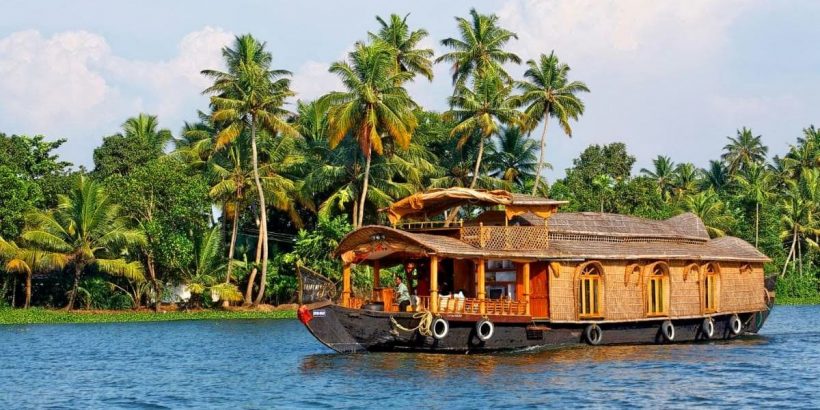

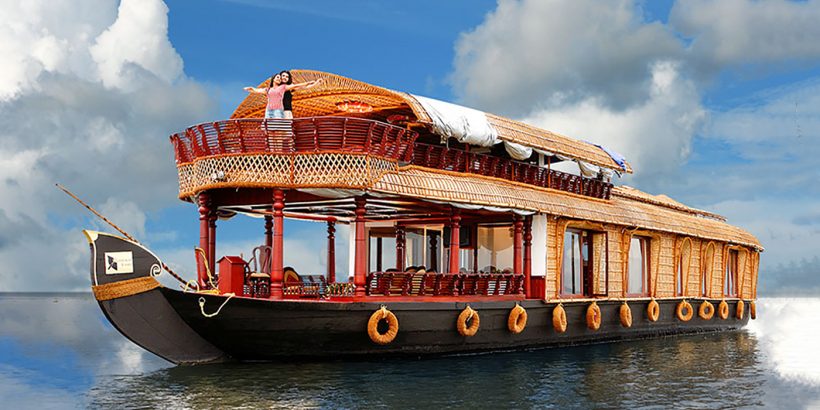
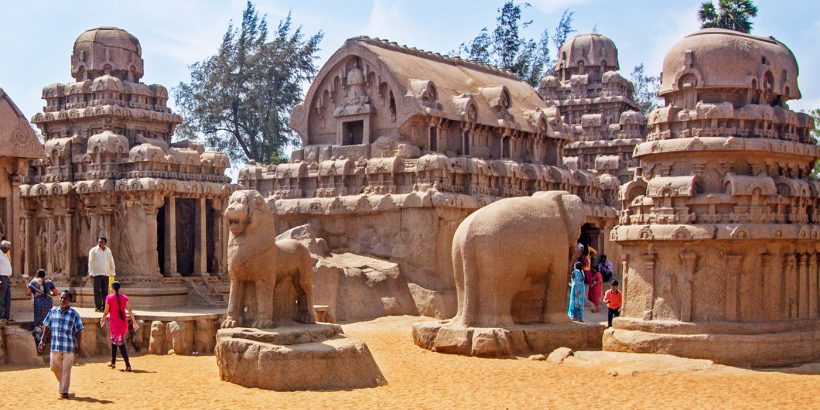


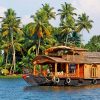
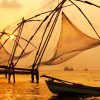
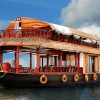
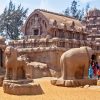
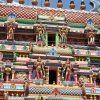




Reviews
There are no reviews yet.